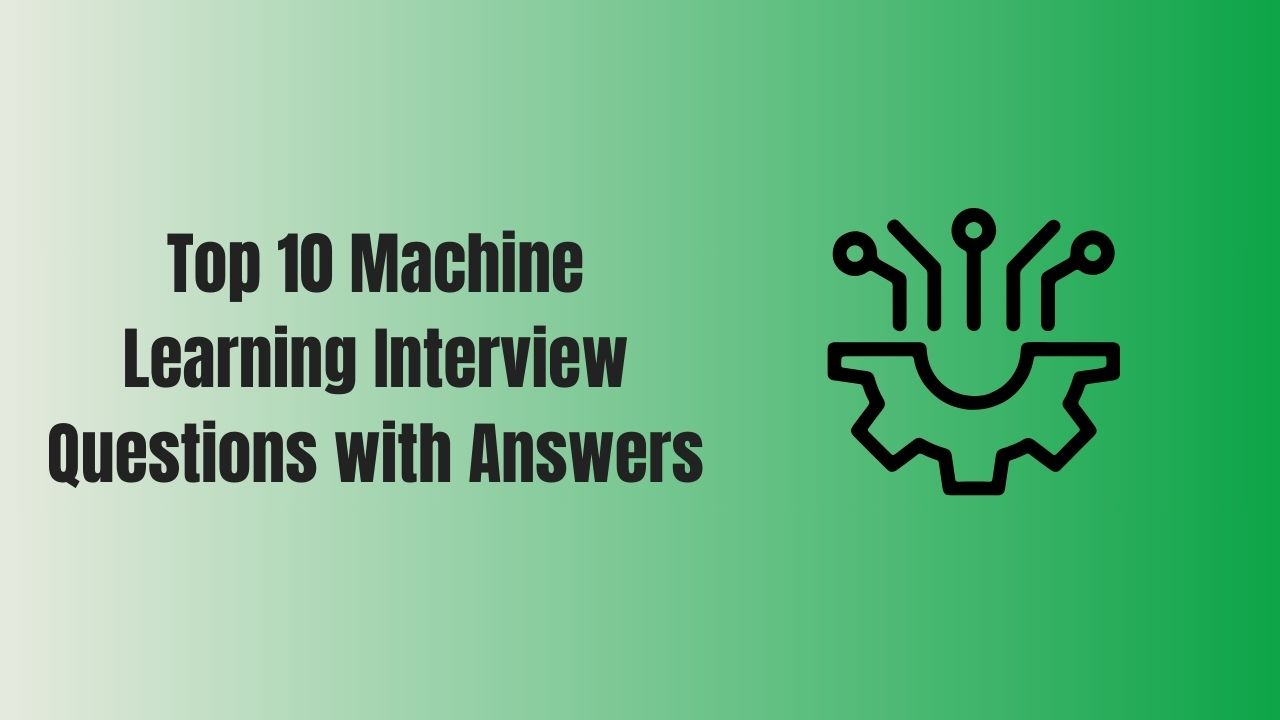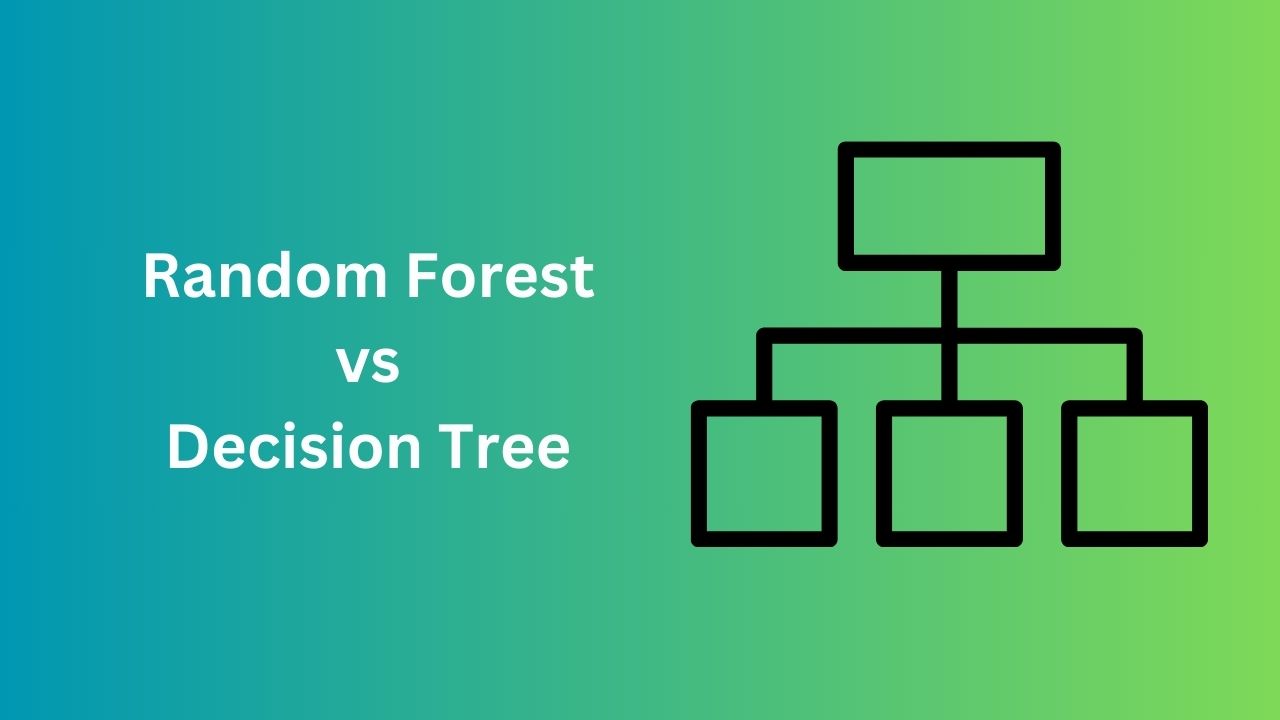These questions and answers cover a range of fundamental topics in machine learning and can serve as a useful reference for interviews and discussions in the field.
- What is Machine Learning, and how does it differ from traditional programming?
Answer: Machine Learning is a subset of artificial intelligence (AI) that focuses on the development of algorithms that enable computers to learn and make predictions or decisions without being explicitly programmed. In traditional programming, the rules and logic are explicitly defined by the programmer, while in machine learning, the model learns from data.
- Explain the difference between supervised learning and unsupervised learning.
Answer:
- Supervised Learning: In supervised learning, the algorithm is trained on a labeled dataset where the input data is paired with the corresponding target output. The goal is to learn a mapping from inputs to outputs, making it suitable for tasks like classification and regression.
- Unsupervised Learning: Unsupervised learning deals with unlabeled data. The algorithm aims to discover patterns or structure in the data, such as clustering similar data points or reducing dimensionality. Common techniques include clustering and dimensionality reduction.
- What is overfitting in machine learning, and how can it be prevented?
Answer: Overfitting occurs when a machine learning model performs well on the training data but poorly on unseen or test data. To prevent overfitting:
- Use more data for training.
- Simplify the model by reducing its complexity.
- Apply regularization techniques like L1 and L2 regularization.
- Use cross-validation to assess model performance.
- What is the bias-variance trade-off in machine learning?
Answer: The bias-variance trade-off refers to the balance between two sources of error in machine learning models:
- Bias: High bias results in underfitting, where the model is too simple to capture the underlying patterns in the data.
- Variance: High variance leads to overfitting, where the model is too complex and captures noise in the data.
Achieving the right balance between bias and variance is crucial for building accurate models.
- Explain the ROC curve and AUC in the context of binary classification.
Answer: The Receiver Operating Characteristic (ROC) curve is a graphical representation of a binary classification model’s performance. It plots the True Positive Rate (TPR) against the False Positive Rate (FPR) at various classification thresholds. The Area Under the ROC Curve (AUC) quantifies the overall performance of the model. A higher AUC indicates better discrimination between positive and negative classes.
- What is cross-validation, and why is it important in machine learning?
Answer: Cross-validation is a technique used to assess a model’s generalization performance. It involves splitting the dataset into multiple subsets (folds), training the model on some folds, and evaluating it on the remaining fold. This process is repeated multiple times, ensuring that each fold serves as both the training and test set. Cross-validation helps in estimating a model’s performance on unseen data and detecting issues like overfitting.
- What are the main steps in a typical machine learning pipeline?
Answer: A typical machine learning pipeline consists of the following steps:
- Data Collection and Preprocessing.
- Data Splitting (into training, validation, and test sets).
- Model Selection and Training.
- Hyperparameter Tuning.
- Model Evaluation.
- Deployment (for production use, if applicable).
- What is regularization in machine learning, and why is it used?
Answer: Regularization is a technique used to prevent overfitting in machine learning models. It adds a penalty term to the model’s loss function, discouraging it from fitting the training data too closely. Common regularization techniques include L1 (Lasso) and L2 (Ridge) regularization, which add the absolute and squared values of the model’s coefficients, respectively, to the loss function.
- What is the curse of dimensionality, and how does it affect machine learning models?
Answer: The curse of dimensionality refers to the challenges that arise when dealing with high-dimensional data. As the number of features or dimensions increases, the amount of data required to train a model effectively also increases exponentially. High-dimensional data can lead to overfitting and increased computational complexity. Dimensionality reduction techniques, such as PCA (Principal Component Analysis), are used to mitigate these challenges.
- Explain the concept of ensemble learning and provide examples of ensemble methods.
Answer: Ensemble learning combines multiple machine learning models to improve predictive performance. Examples of ensemble methods include:
- Random Forest: A collection of decision trees trained on bootstrapped subsets of data.
- Gradient Boosting: A technique that combines weak learners into strong learners sequentially.
- Bagging: A method that trains multiple models independently and averages their predictions, as seen in Bagged Decision Trees.





